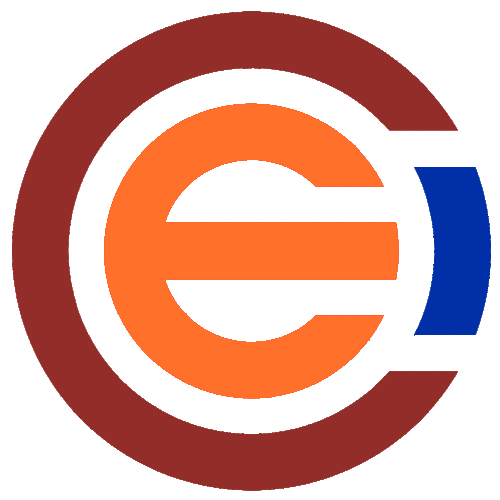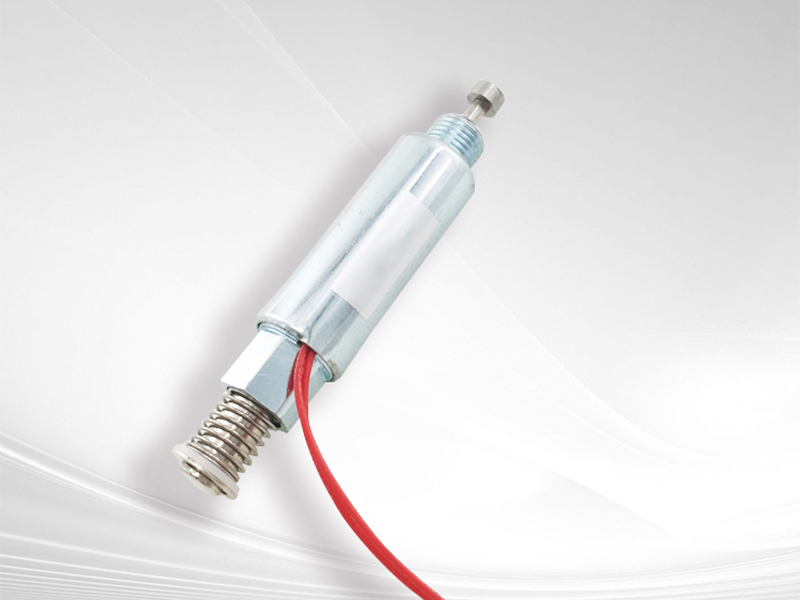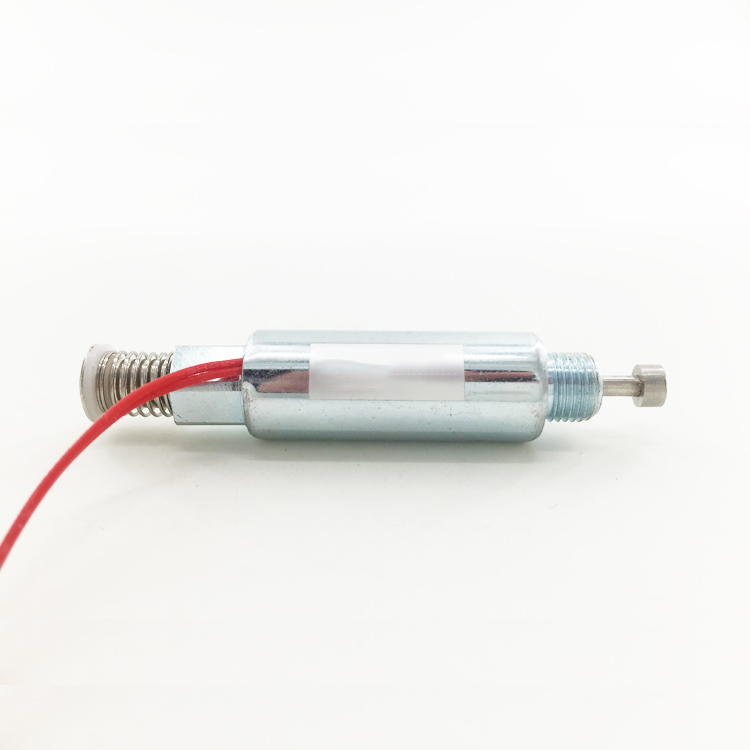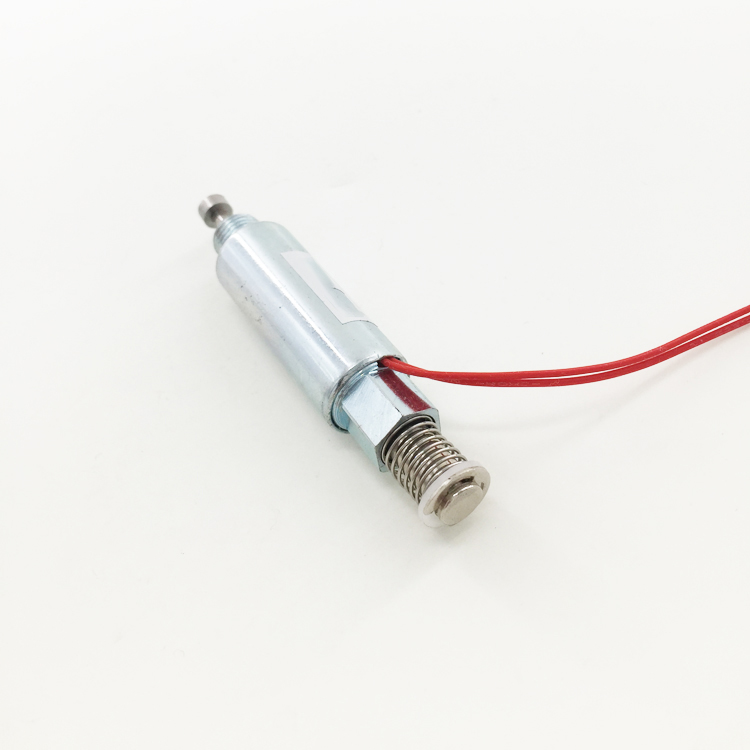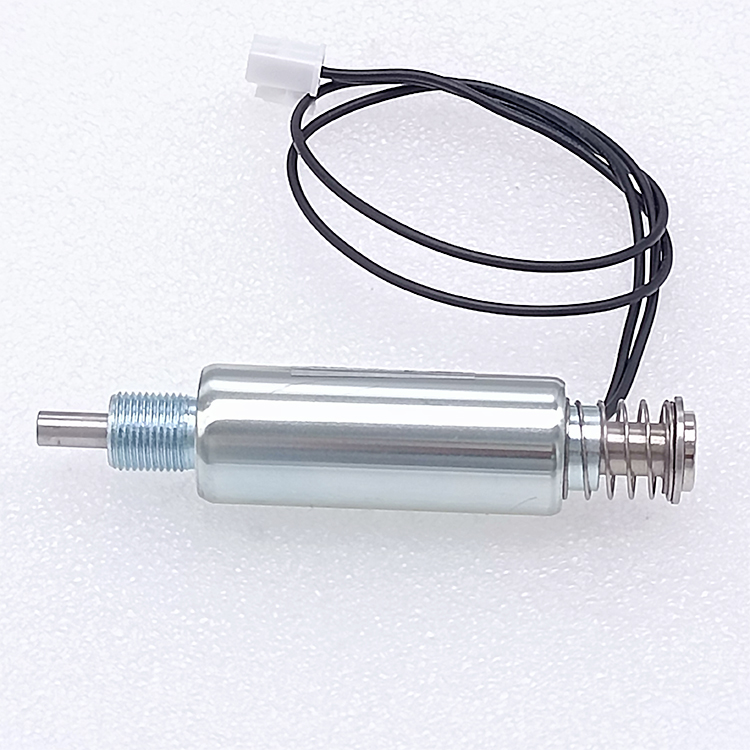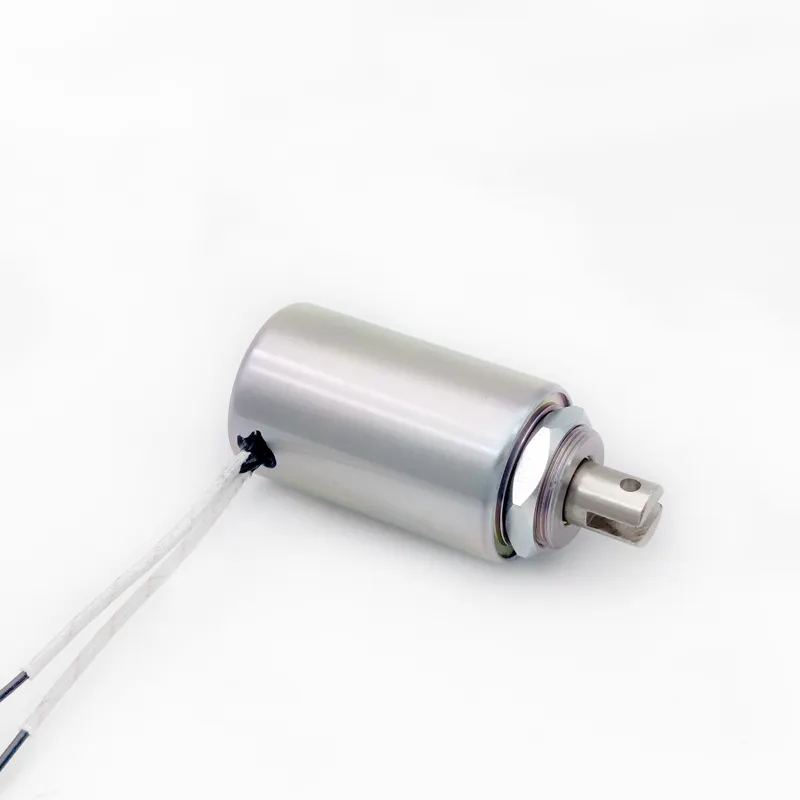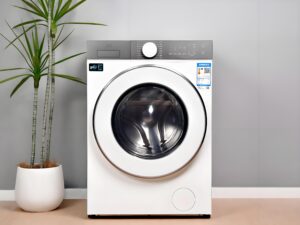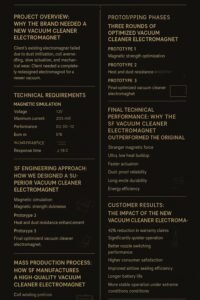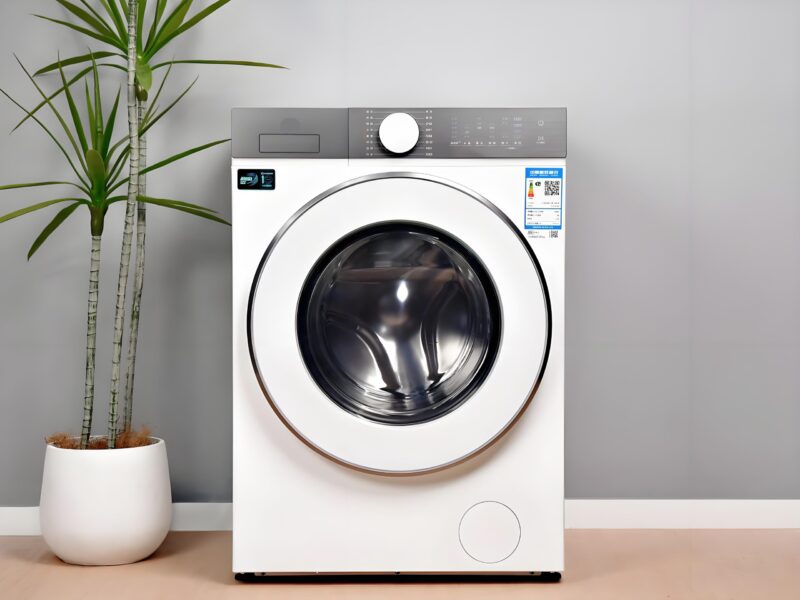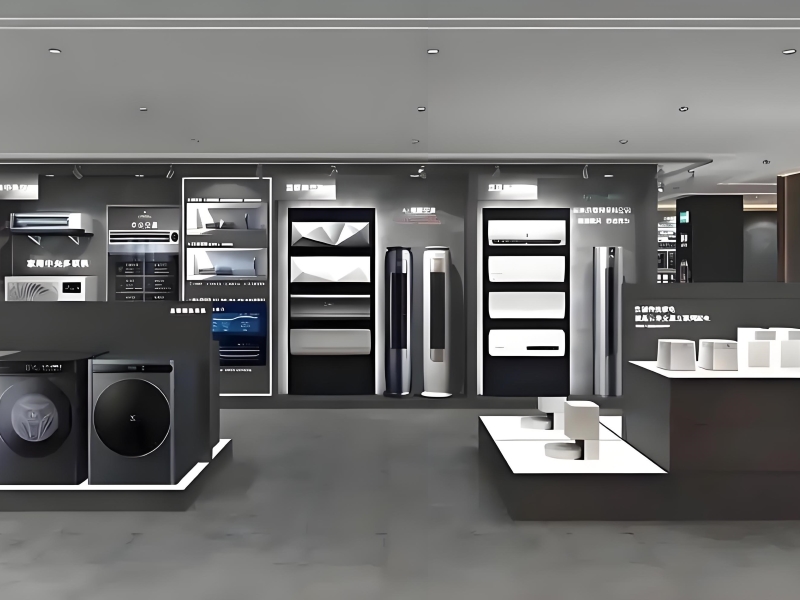Last Updated on 2025-09-04 by SolenoidFactory
In the realm of electromechanical components, round tubular solenoids play a pivotal role in a variety of industries and applications. Their unique design—characterized by a cylindrical tube housing the solenoid coil and plunger—makes them particularly suitable for applications requiring compact size, high force output, and reliable performance. However, with the plethora of options available in the market, choosing the ideal round tubular solenoid for your specific needs can be a challenging task.
This blog serves as a comprehensive guide, providing insights into the key factors to consider when selecting a round tubular solenoid. By understanding the basics, evaluating your application’s requirements, and assessing potential suppliers, you can make an informed decision that ensures optimal performance, reliability, and cost-effectiveness. Let’s embark on this journey to find the perfect round tubular solenoid for your application.
1: Understanding the Fundamentals of Round Tubular Solenoids
1.1 What is a Round Tubular Solenoid?
A round tubular solenoid is an electromechanical device that converts electrical energy into mechanical force or motion. It consists of a cylindrical tube with a coil of wire wound around it and a plunger or armature that moves axially within the tube when the coil is energized. The electromagnetic field generated by the coil attracts the plunger, causing it to move and perform a mechanical action, such as opening or closing a valve.
1.2 Types of Round Tubular Solenoids
Round tubular solenoids come in various types, each designed for specific applications. Some of the most common include:
- Latching Round Tubular Solenoids: These solenoids remain in their energized or de-energized state without continuous power supply. They are ideal for applications requiring low power consumption and long-term reliability.
- Push-Pull Round Tubular Solenoids: These solenoids feature a double-acting plunger that can move in both directions. They are suitable for applications requiring bidirectional control.
- Continuous Duty Round Tubular Solenoids: These solenoids are designed for continuous operation without overheating or degradation. They are often used in applications requiring uninterrupted performance.
1.3 Key Performance Parameters
When selecting a round tubular solenoid, several key performance parameters must be considered:
- Force Output: The axial force produced by the solenoid when energized, measured in Newton (N). It determines the load-carrying capacity of the solenoid.
- Stroke Length: The distance the plunger travels from its rest position to its fully extended position, measured in millimeters (mm). It affects the mechanical action and displacement of the load.
- Operating Voltage and Current: The electrical power required to energize the solenoid, measured in volts (V) and amperes (A). It impacts the solenoid’s energy consumption and compatibility with existing electrical systems.
- Operating Temperature Range: The range of temperatures within which the solenoid can operate reliably. It ensures compatibility with the environmental conditions of the application.
- Life Expectancy: The estimated number of cycles or operating hours before the solenoid requires maintenance or replacement. It reflects the durability and reliability of the component.
2: Evaluating Your Application's Requirements
2.1 Determining Load Characteristics
Understanding the load characteristics is crucial for selecting a round tubular solenoid that can handle the specific requirements of your application. Consider the following:
- Force Requirements: Determine the force needed to move the load. Consider factors such as friction, inertia, and any additional mechanical resistances.
- Stroke Needs: Establish the required stroke length for the solenoid to fully engage or disengage the load. Ensure the selected solenoid has a stroke length that aligns with your application’s needs.
- Operating Speed: Assess the desired speed of the solenoid’s mechanical action. Faster speeds may necessitate solenoids with lower inductance and higher current ratings.
2.2 Environmental Conditions
The environmental conditions in which the round tubular solenoid will operate can significantly impact its performance and lifespan. Consider the following:
- Temperature Range: Identify the minimum and maximum temperatures the solenoid will experience. Ensure the selected solenoid has an operating temperature range that encompasses these values.
- Humidity and Moisture: Evaluate the potential for humidity or moisture exposure. Select solenoids with sealed enclosures or coatings that protect against corrosion and internal contamination.
- Shock and Vibration: Assess the level of shock and vibration the solenoid will endure. Opt for solenoids with rugged construction and shock-absorbing features to minimize wear and tear.
2.3 Space and Mounting Considerations
The physical constraints of your application, such as space limitations and mounting requirements, will also influence your solenoid selection. Consider the following:
- Size and Shape: Measure the available space for the solenoid and ensure the selected model fits within these dimensions. Consider the cylindrical shape of the solenoid to optimize space utilization.
- Mounting Options: Determine the most suitable mounting method for your application, such as threaded insertion, flange mounting, or bracket mounting. Ensure the solenoid offers the necessary mounting features and compatibility with your installation process.
- Accessories and Connections: Consider any additional accessories or connections required, such as electrical terminals, brackets, or sensors. Ensure the solenoid comes with the necessary accessories or has provisions for easy integration.
3: Choosing the Right Round Tubular Solenoid
3.1 Evaluating Supplier Options
With a clear understanding of your application’s requirements, it’s time to evaluate potential suppliers of round tubular solenoids. Consider the following criteria:
- Technical Expertise: Look for suppliers with deep technical expertise in round tubular solenoids. They should be able to provide insights into material selection, coil design, and other critical factors that can significantly impact performance.
- Product Range: Ensure the supplier offers a wide range of round tubular solenoids to accommodate various force outputs, stroke lengths, and size requirements. This provides flexibility in selecting the best match for your application.
- Customization Capabilities: Assess the supplier’s ability to customize solenoids to meet specific requirements. This includes modifications to force output, stroke length, size, and other parameters to ensure optimal performance in diverse applications.
3.2 Product Evaluation
Once you’ve narrowed down your supplier options, evaluate the specific round tubular solenoids they offer based on your application’s requirements:
- Force and Stroke Matching: Compare the force output and stroke length specifications of the solenoids to your load characteristics. Ensure the selected solenoid can meet or exceed the required force while providing the necessary stroke length.
- Voltage and Current Compatibility: Verify that the solenoid’s operating voltage and current are compatible with your electrical system. Consider any power supply limitations or surge protection requirements.
- Duty Cycle and Life Expectancy: Evaluate the duty cycle and life expectancy of the solenoid to ensure it can withstand the operational demands of your application. Look for solenoids with higher duty cycles and longer life expectancies for continuous or high-cycle applications.
3.3 Testing and Validation
Before making a final decision, consider testing and validating the selected round tubular solenoid in your application environment:
- Prototype Testing: Request a prototype of the selected solenoid for testing in your specific application. This allows you to validate its performance under real-world conditions and identify any potential issues or limitations.
- Performance Metrics: Establish performance metrics and benchmarks for the solenoid based on your application’s requirements. Monitor these metrics during testing to ensure the solenoid meets or exceeds expectations.
- Feedback and Adjustments: Provide feedback to the supplier based on your testing results. They may offer adjustments or modifications to improve performance and alignment with your application’s needs.
4: Ensuring Long-Term Reliability and Performance
4.1 Maintenance and Servicing
Once you’ve selected and integrated the right round tubular solenoid into your application, maintaining its reliability and performance is crucial. Consider the following best practices:
- Regular Inspections: Schedule regular inspections of the solenoid to check for wear, contamination, or other signs of degradation. This helps identify potential issues before they become critical.
- Cleaning and Lubrication: Clean the solenoid regularly to remove dirt, debris, and other contaminants. Apply suitable lubricants to moving parts to reduce friction and wear.
- Spare Parts Inventory: Maintain an inventory of spare parts, such as coils, plungers, and seals, to minimize downtime in case of failures. Ensure these parts are compatible with your installed solenoids.
4.2 Supplier Support and Warranty
Partnering with a supplier that offers comprehensive support and warranty services can enhance the lifespan and reliability of your round tubular solenoids. Consider the following:
- Technical Support: Ensure the supplier provides ongoing technical support for troubleshooting, maintenance, and performance optimization. Look for suppliers with dedicated support teams and quick response times.
- Warranty Coverage: Verify the warranty coverage provided by the supplier. Look for comprehensive warranties that cover defects in materials and workmanship, as well as any additional services or replacements required.
- Training and Resources: Assess the supplier’s training programs and resource materials, such as user manuals, technical guides, and application notes. These resources can help your team operate and maintain the solenoids effectively.
-
Rated 0 out of 5
-
Rated 0 out of 5
-
Rated 0 out of 5
-
Rated 0 out of 5
5: Emerging Trends and Innovations in Round Tubular Solenoids
5.1 Advances in Materials and Coatings
The development of new materials and coatings is driving significant advancements in round tubular solenoids. Manufacturers are leveraging advanced materials such as high-performance alloys, ceramics, and composites to enhance the durability, reliability, and performance of solenoids. These materials offer improved resistance to wear, corrosion, and extreme temperatures, extending the lifespan of solenoids in harsh environments.
In addition, coatings such as Teflon, nickel-plated finishes, and ceramic coatings are becoming increasingly popular for round tubular solenoids. These coatings provide enhanced lubrication, wear resistance, and corrosion protection, reducing friction and wear on moving parts. They also help maintain the solenoid’s performance over extended periods, reducing maintenance requirements and downtime.
5.2 Integration of Electronics and Sensors
The integration of electronics and sensors within round tubular solenoids is a growing trend. By incorporating electronics such as microcontrollers, drivers, and sensors, manufacturers can enhance the functionality and performance of solenoids. For example, solenoids with integrated Hall-effect sensors can provide precise positional feedback, enabling closed-loop control and improved accuracy in positioning applications.
Furthermore, the integration of communication protocols such as I2C, SPI, and CAN bus allows solenoids to communicate with other system components, enabling advanced features such as remote monitoring, diagnostics, and predictive maintenance. This integration can lead to significant improvements in system reliability, efficiency, and performance.
5.3 Energy Efficiency and Sustainability
Energy efficiency and sustainability are becoming increasingly important considerations in the selection of round tubular solenoids. Manufacturers are developing solenoids with lower power consumption and higher efficiency ratings to meet these demands. Innovations such as energy-recovery systems, optimized coil designs, and advanced materials contribute to reducing energy waste and environmental impact.
In addition, manufacturers are increasingly adopting eco-friendly manufacturing processes, such as additive manufacturing (3D printing) and lean manufacturing techniques, to minimize waste and reduce the carbon footprint of solenoids. These efforts help ensure that round tubular solenoids meet the environmental standards and regulations of various industries and regions.
5.4 Compact Design and Miniaturization
The trend towards compact design and miniaturization is driving the development of smaller, lighter round tubular solenoids. These solenoids are ideal for applications with limited space or weight constraints, such as aerospace, robotics, and medical devices. Manufacturers are using advanced manufacturing techniques, such as precision machining and additive manufacturing, to create solenoids with intricate designs and reduced footprints.
Miniaturization not only reduces the physical size of solenoids but also enables higher force outputs and faster response times in smaller packages. This makes round tubular solenoids an attractive option for a wide range of applications, from precision machinery to automotive systems.
the key to successful round tubular solenoid selection is balance
Choosing the right round tubular solenoid for your application involves a thorough understanding of the basics, careful evaluation of your application’s requirements, and diligent selection of the right supplier and product. By following the guidelines outlined in this blog, you can navigate the complex world of round tubular solenoids and make an informed decision that ensures optimal performance, reliability, and cost-effectiveness.
Remember, the key to successful round tubular solenoid selection is balance. Balance the force output, stroke length, and voltage requirements against the environmental conditions, space constraints, and mounting options. Balance the need for customization and flexibility with the supplier’s technical expertise and product range. And finally, balance the initial cost with the long-term benefits of reliability, performance, and support.
In conclusion, round tubular solenoids are indispensable components in numerous applications, and selecting the right one requires careful consideration and planning. By understanding the basics, evaluating your application’s requirements, and assessing potential suppliers, you can choose a round tubular solenoid that meets your needs today and adapts to your future demands.
With the advancements in materials, electronics, energy efficiency, and compact design, the future of round tubular solenoids is bright. Stay informed about the latest trends and innovations to ensure you are always leveraging the best technology for your applications.
